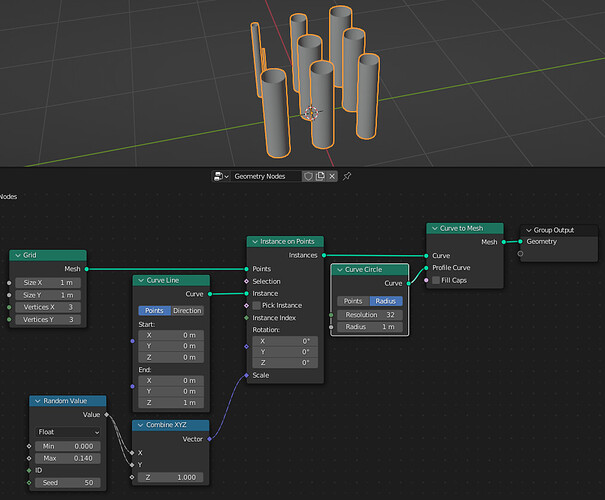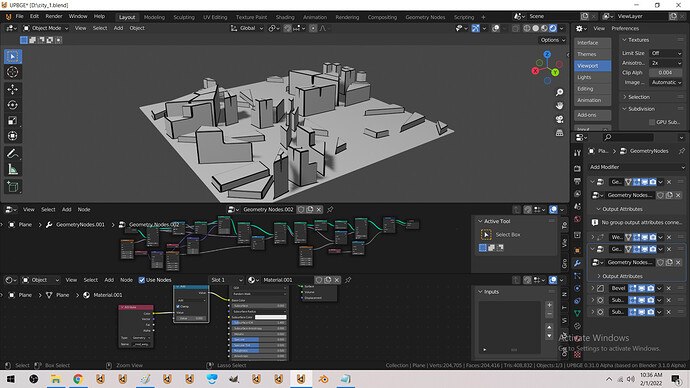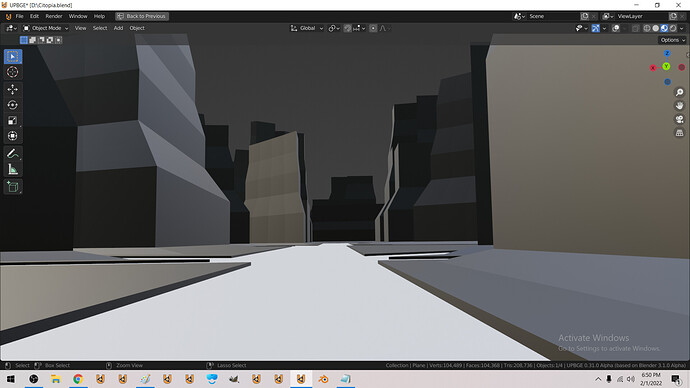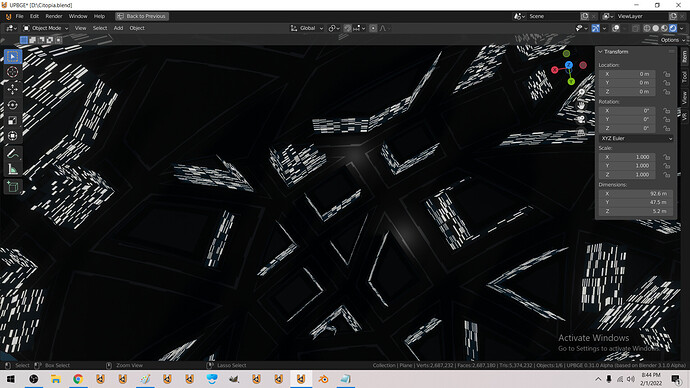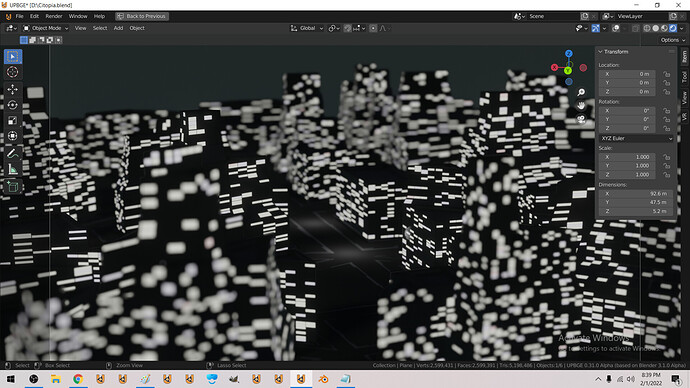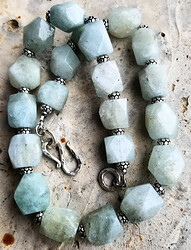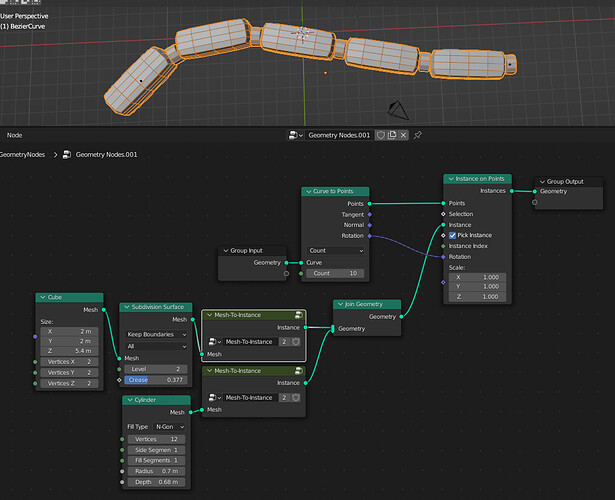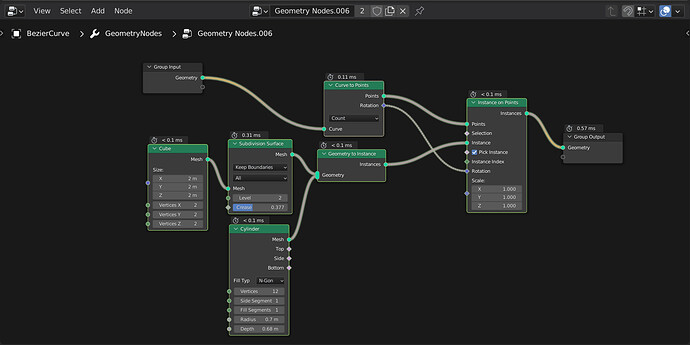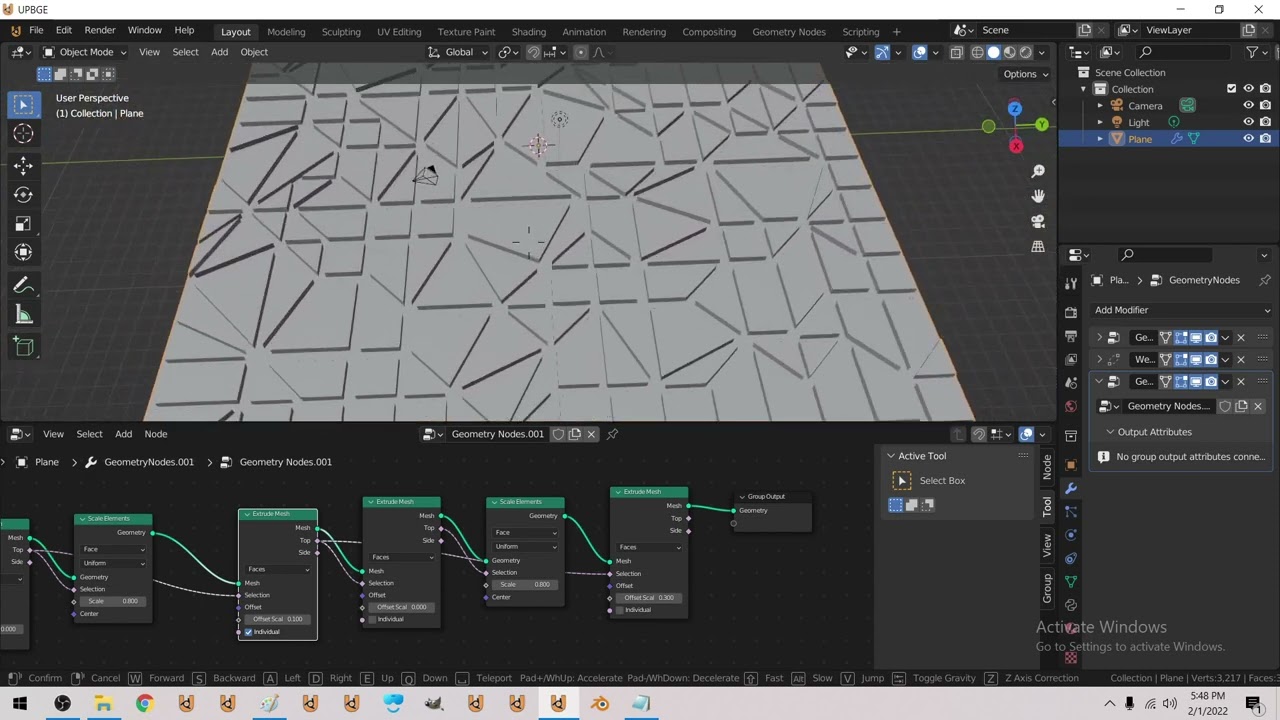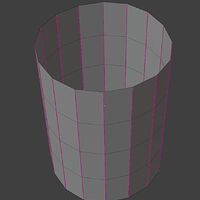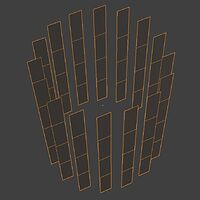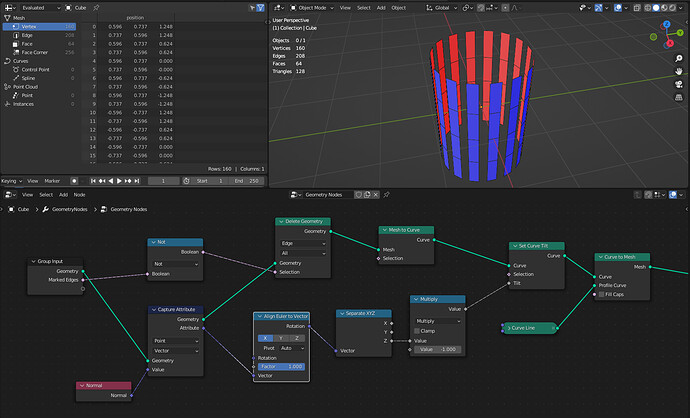Yes! Thank you !! Didn’t found the specific “Set Curve Radius” node. Does that mean that the philosophy is to have those kind of “Field Mode” alternative nodes for other scalar values or that at the end of the road the Curve Circle will be able to take a field as Radius ? Just to grasp the general direction we’re going to…
Sorry, I forgot there still no straight forward way to access the world space position of a object in GN. Use this node setup to access the location of the (origin of) any object
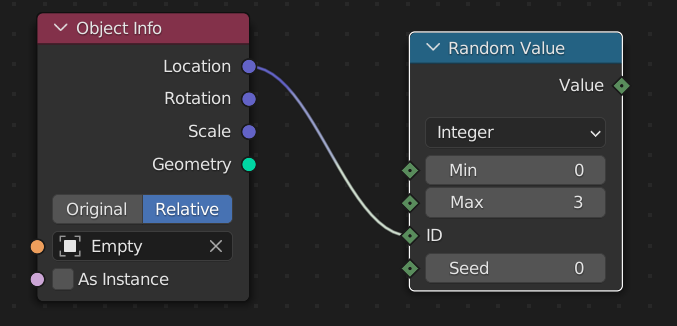
The empty is a dummy object at (0,0,0)
Since you’re not doing anything fancy with the instances, you can just scale the instances like this (Also works in 3.0):
@SterlingRoth : Glad to see they fixed Attribute Capture across instances in 3.1… yay!
Jacques said at one point it’s unlikely he would implement geometry fields because it would complexify things too much, or something to that effect. So I wouldn’t hold my breath. Right now you just have to extrude, and scale after the fact.
or set position - we can get a vector from a point and use it to scale evenly also
100% procedural from 2 grids
@Ace_Dragon we can use proximity node and a grid then weld- then another geonodes stack
When geometry (per element) loops are implemented we will be able to use field values with any socket.
Easiest way is to use a Collection Info node pointing to a collection with your 2 shapes, and a Instance on Points with Pick Instance Selected.
If on the other hand you are asking how to do it with generated geometry, then you chain 2 Instance on Points nodes and select on mod2-by-index (offsetting by 1 on the 2nd Instance on Points).
You can also “fake” a collection by making this support NodeGroup:
Call it Mesh-To-Instance…
…and use like this (Applied to a Bezier Curve here):
Good luck.
Your solution looks good to me. But since we already have a real Geometry to Instance node, I guess the node graph can be trimmed down a bit, can’t it?
Is there any way to make the objects position ‘relative’ on local coordinates. So you can move the object with the geometry nodes modifier and have this object not stick on world position?
The work around with original position (which is basically reseting pos to zeros) and then add a set position is really tedious. Meaning why is Original in local space and Relative in world space at all?
Yeah, sorry, should have prefaced that it’s a 3.0 solution. Glad its standard now.
I need matrix myself for all sorts of things,
Could anyone help me out? How do I align the tilt of a curve created from a mesh edge to the normal of that edge?
I start with a cylinder with the vertical edges marked:
(using creases to mark, because there doesn’t seem to be a way to assign attributes like you do with vertex groups)
The nodes turn the marked edges into curves and extrude them into strips:
The question is how to rotate these curve strips so they don’t all face the same direction, but away from the center, like the faces of the original cylinder? correction: facing in direction of the edge normal, not just away from the center, since the cylinder wont always stay round and centered.
Here’s the nodes. I figured you have to capture the edge normal and somehow use it to set the tilt of the curve, but what do I do in the red area? Vector math scares me…
edit: added .blend file
rotate_curve_tilt.blend (123.9 KB)
You can do it like this, also you have to use “Delete Geometry” instead of using selection from “Mesh to Curve” node because it will mess up splines directions
Thank you, it works  I was trying (blindly!) the same thing, but what I got wrong is that the input field in the Set Curve Tilt node has a degree sign in it, so I though I had to use a math node radians converter before it… bah.
I was trying (blindly!) the same thing, but what I got wrong is that the input field in the Set Curve Tilt node has a degree sign in it, so I though I had to use a math node radians converter before it… bah.
Hi all,
While I can see how powerful GN is, the whole thing just totally does my head in. So I’d like to know if the following is possible and if so how.
Basically I’d like to take a long thin/flat box mesh object and replace it (from an overall volume point of view) with various lengths of splines/curves that render and will follow any deformation of the underlining box.
I guess in many ways it’s something similar to those GN hair test, but rather then using an initial curve to define the position and direction of all of the rest of the hairs, an actual mesh object controls that and the ‘hairs’ fill the volume of the object.
